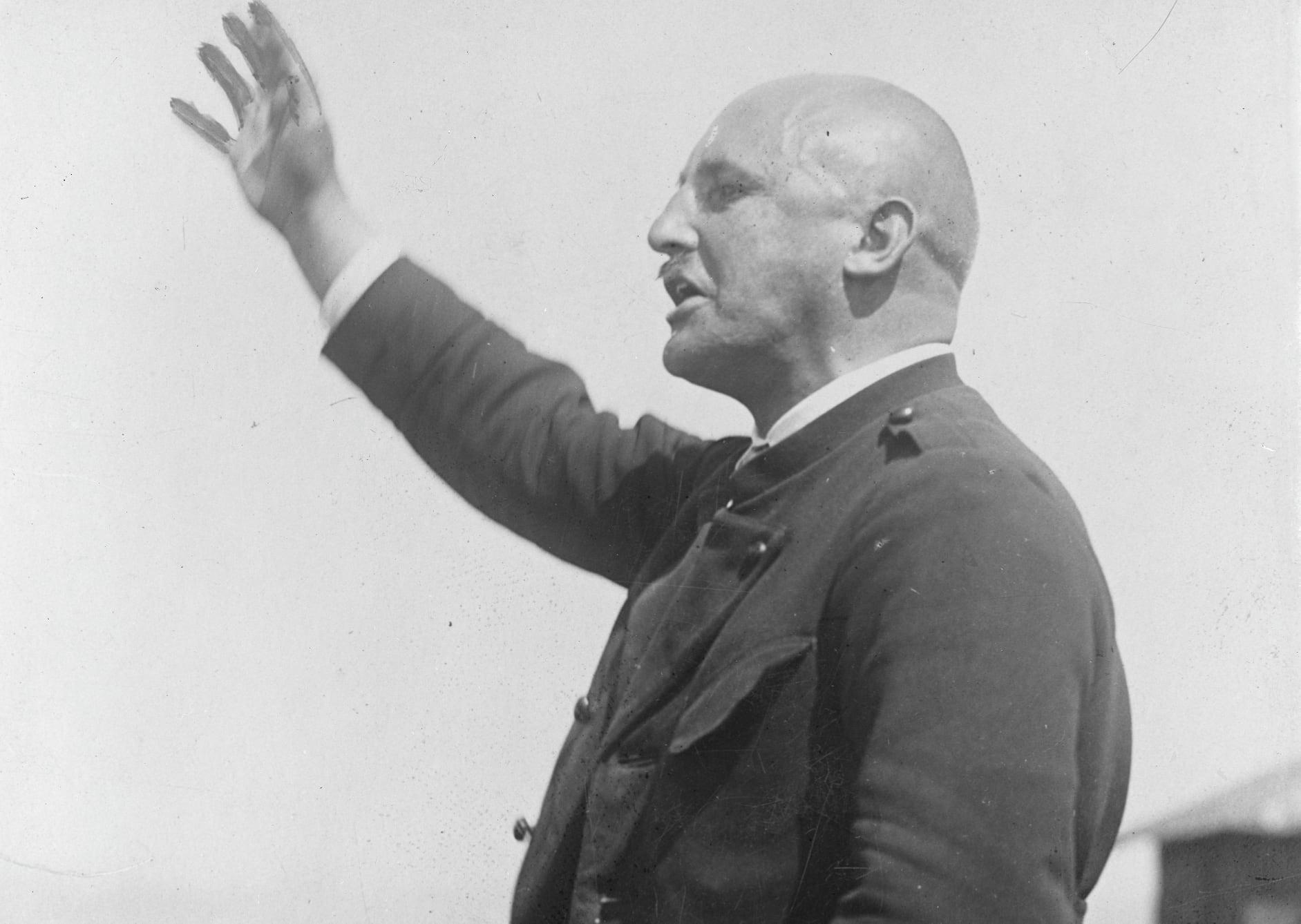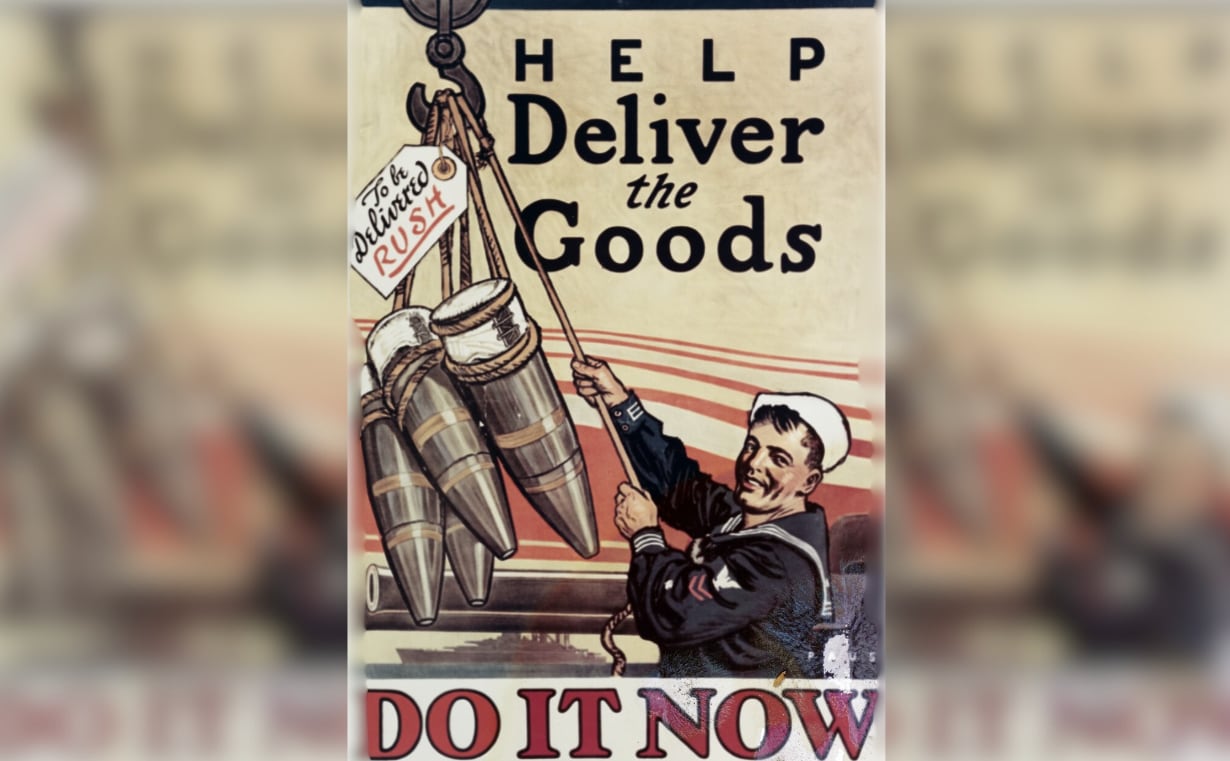As Nazis infamously looted art, jewelry and other valuables from the many cities and towns across Europe during the Second World War, Adolf Hitler’s protégé Julius Streicher had other, more debased collectibles on his mind: pornography.
Born on Feb. 12, 1885, in the Bavarian town of Fleinhausen, Streicher was once considered a rising star on the radical right. The school teacher-turned-soldier fought in the First World War and in 1919 helped launch the Nuremberg wing of the Deutschsozialistische Partei — or, German Socialist Party — which “espoused right-wing ultra-nationalist, anti-Catholic and antisemitic principles,” according to the United States Holocaust Memorial Museum.
Three years later, Streicher persuaded his followers to merge with the National Socialist German Workers’ Party — the Nazi party under Hitler’s command.
Considered among the “old guard” in the party, it was Streicher’s oratory skills, much like the Nazi leader, that drew the attention of his comrades.
In 1923, Streicher’s passion for propaganda coalesced with his lecherous mind when he launched Der Stürmer, a virulent anti-Semitic newspaper that featured crude, graphic anti-Jewish cartoons, photographs and articles.
Week after week, month after month, for nearly 22 years, Streicher tied together accusations of blood libel with pornography, which has come to be considered the very nadir of Nazi anti-Semitic propaganda.
“These grotesque, often pornographic cartoons of Jewish stereotypes,” which were drawn by Philipp Rupprecht, “accompanied the propaganda Streicher disseminated, saturating the consciousness of Germans during the Third Reich and contribut[ed] to the capacity of many Germans to accept the Nazi program,” according to Michael D. Bulmash, whose family collection of Holocaust-related propaganda is accessible via Kenyon College.
In a July 1946 article titled “Portrait of a Pervert,” author Herbert Eisen detailed the lascivious mind of Streicher.
“Its pages abounded with tales of rape by non-Aryans — often negroes — of fair German virgins, described with all the details of smut and bawdry which a lecherous mind can invent,” Eisen wrote in the Australian magazine The Pertinent.
“The [Nazi] excesses which have now — too late — become notorious, even among the most indifferent, and which have their origination in sexual aberrations skillfully enhanced and implanted over two decades, must be regarded as Streicher’s main contribution to the cause of Nazism,” Eisen continued.
These lurid sexual assault stories Streicher propagated were largely consumed by the young men of Germany, and, with Streicher’s prominent place within the Nazi party, Der Stürmer’s graphic cartoons and pictures became the most accessible pornography of its time.
But Streicher didn’t just produce fanciful, smutty and violent content. He also consumed it. Vast amounts, in fact.
Streicher even went as far during World War II as ordering the local Nuremberg police and troops to seize all the pornography they discovered for “research” purposes, according to the popular podcast Behind the Bastards.
Upon the Allied victory in May 1945, Streicher was arrested as “Jew-Baiter Number One” near his home in Nuremberg by Maj. Henry Plitt of the 101st Airborne Division. As American paratroopers tore through the Nazi’s home, they stumbled upon what might have been the largest stockpile of pornography in the world at the time.
Streicher was later convicted during a trial at the Nuremberg International Military Tribunal on the charge of crimes against humanity, with the court deeming the Nazi culpable for murder and extermination within the pages of Der Stürmer. Yet his putrid newspaper wasn’t the only topic of conversation during the trial.
According to Joseph Maier and Sender Jaari, who worked as researchers for the prosecution during the Nuremberg Trials, “Streicher was without a doubt the dirtiest man in Nuremberg. His collection of pornographic literature was the largest we have ever seen.”
Julius Streicher was executed by hanging in October 1946. What became of his erotic collection, however, remains somewhat of a mystery.
Archivists, do your thing.
Claire Barrett is the Strategic Operations Editor for Sightline Media and a World War II researcher with an unparalleled affinity for Sir Winston Churchill and Michigan football.
Tags:
best war storiescrazy military storiesnazi looting wwiiworst nazis wwiiworld war ii stolen artporn world war iiworld war ii historyIn Other News















